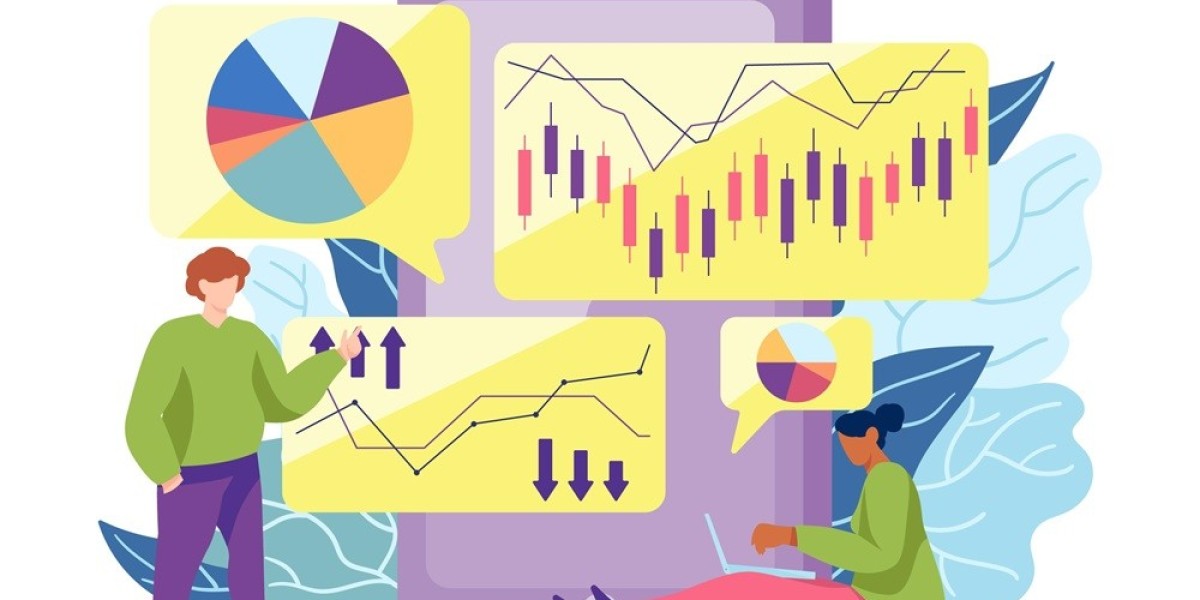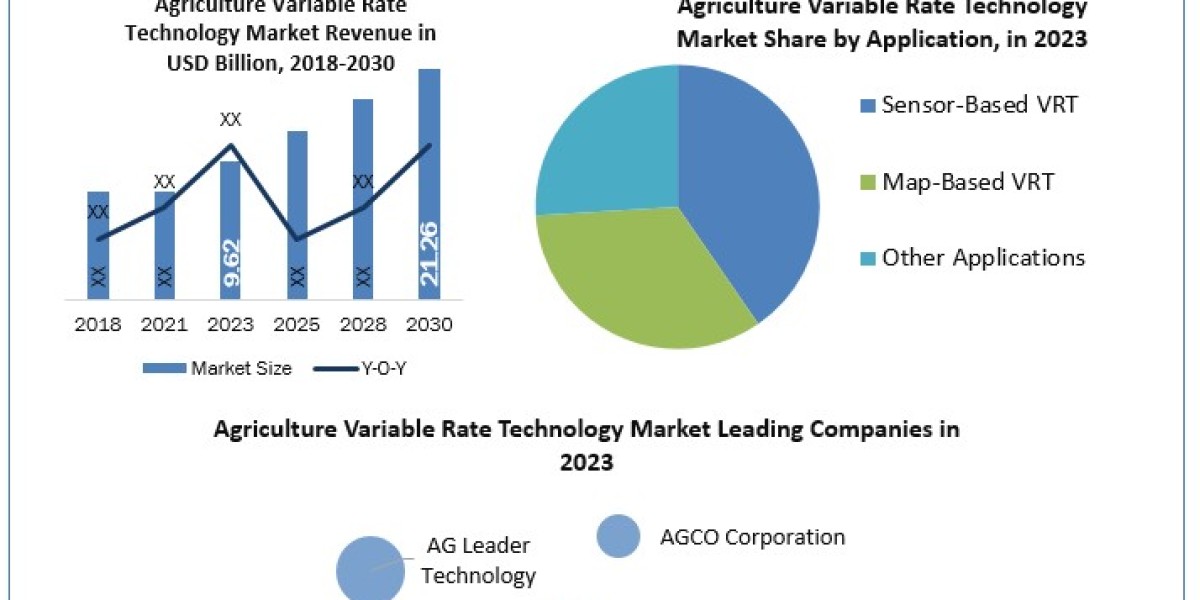Forecasting has always been a crucial aspect of planning and decision-making in various fields, from business to weather predictions. With the rapid advancement of technology, the landscape of forecasting is evolving at an unprecedented pace. In this article, we'll dive into the latest trends in forecasting, highlighting how these innovations are reshaping the way we predict future events and demands.
The Evolution of Forecasting Trends
Forecasting has come a long way from its early days when predictions were based primarily on historical data and intuition. The integration of sophisticated technologies has significantly improved the accuracy and reliability of forecasts. Historical methods, such as time series analysis and regression models, have been enhanced and sometimes replaced by advanced techniques powered by artificial intelligence (AI) and machine learning.
Machine Learning and AI in Forecasting
Machine learning and AI have revolutionized forecasting by enabling the analysis of vast amounts of data at high speed. These technologies can identify patterns and correlations that are often invisible to the human eye. For instance, retail companies use AI-driven demand forecasting to predict inventory needs, thereby minimizing stockouts and overstock situations. In finance, AI algorithms forecast market trends, helping investors make informed decisions.
Big Data and Its Impact on Forecasting
Big data refers to the massive volumes of data generated every second from various sources, including social media, sensors, and transaction records. This data, when analyzed, provides valuable insights that improve forecasting accuracy. For example, in agriculture, big data helps predict crop yields by analyzing weather patterns, soil conditions, and crop health data.
Cloud Computing and Forecasting
Cloud computing offers scalable and cost-effective solutions for data storage and processing, making it an essential tool for modern forecasting. Cloud-based platforms allow organizations to access powerful computing resources on demand, facilitating the processing of large datasets and complex algorithms. This flexibility enhances the ability to generate accurate forecasts quickly and efficiently.
Predictive Analytics in Forecasting
Predictive analytics uses statistical algorithms and machine learning techniques to identify the likelihood of future outcomes based on historical data. This approach is widely used in demand forecasting, where businesses predict future sales and customer demand. By understanding these patterns, companies can optimize inventory levels, improve customer satisfaction, and increase profitability.
Real-time Data Processing
The ability to process data in real-time is a game-changer for forecasting. Real-time data processing allows organizations to make immediate adjustments based on the latest information. For example, in logistics, real-time traffic data can optimize delivery routes, reducing delays and improving customer service.
Integration of IoT in Forecasting
The Internet of Things (IoT) involves the interconnection of physical devices that collect and exchange data. In forecasting, IoT devices provide real-time data that enhances predictive models. For example, smart meters in energy grids collect consumption data that utilities use to forecast demand and manage supply more effectively.
Scenario Planning and Forecasting
Scenario planning involves creating and analyzing multiple potential future scenarios to prepare for various outcomes. This method helps organizations anticipate changes and develop strategies to mitigate risks. In business, scenario planning is used to forecast market trends and economic conditions, enabling companies to adapt to changing environments.
The Role of Blockchain in Forecasting
Blockchain technology offers a secure and transparent way to record transactions and data. In forecasting, blockchain can ensure the integrity and authenticity of data, which is crucial for accurate predictions. For example, supply chain forecasting can benefit from blockchain by providing a transparent view of the entire process, from production to delivery.
Collaborative Forecasting Techniques
Collaboration in forecasting involves multiple stakeholders sharing data and insights to improve the accuracy of predictions. Collaborative forecasting tools enable teams to work together, combining their expertise and data to generate more reliable forecasts. This approach is particularly beneficial in supply chain management, where coordination between suppliers, manufacturers, and retailers is essential.
Social Media Analytics for Forecasting
Social media platforms generate vast amounts of data that can be analyzed to predict trends and behaviors. By monitoring social media activity, businesses can gain insights into consumer preferences and market trends. For instance, sentiment analysis of social media posts can help forecast product demand and identify emerging market opportunities.
Advanced Visualization Tools
Data visualization is a powerful tool for understanding complex data and communicating insights effectively. Advanced visualization tools, such as interactive dashboards and 3D graphs, help stakeholders grasp the implications of forecast data quickly. These tools enhance decision-making by presenting data in an easily digestible format.
Challenges in Modern Forecasting
Despite the advancements, modern forecasting faces several challenges. Data quality and availability, the complexity of models, and the need for specialized skills are common obstacles. Organizations must invest in robust data management practices, continuous learning, and collaboration to overcome these challenges and leverage the full potential of forecasting technologies.
Conclusion
The latest trend in forecasting is driven by technological innovations that enhance accuracy, efficiency, and adaptability. From AI and big data to cloud computing and blockchain, these advancements are transforming the way we predict and prepare for the future. As these technologies continue to evolve, we can expect even more sophisticated and reliable demand forecasting methods to emerge, helping organizations navigate an increasingly complex and dynamic world.
Predict your sales volume and demand trends with our Artificial Intelligence-based SaaS platform visit: https://thousense.ai/
Source: https://bresdel.com/blogs/539839/What-Are-the-Latest-Trends-in-Forecasting








